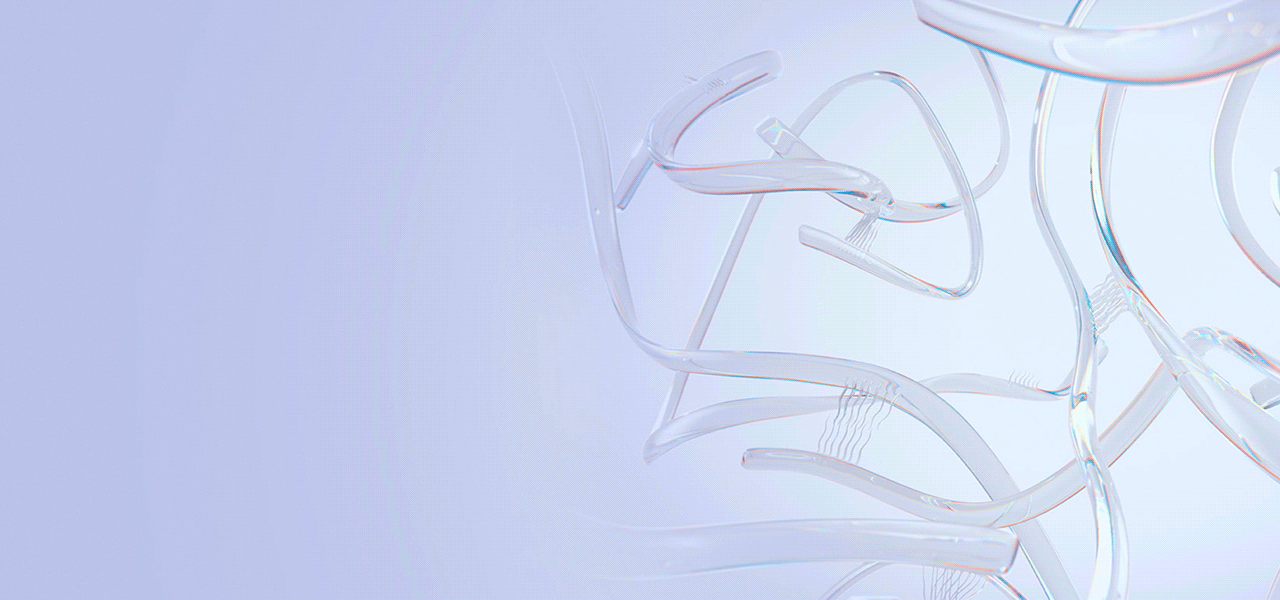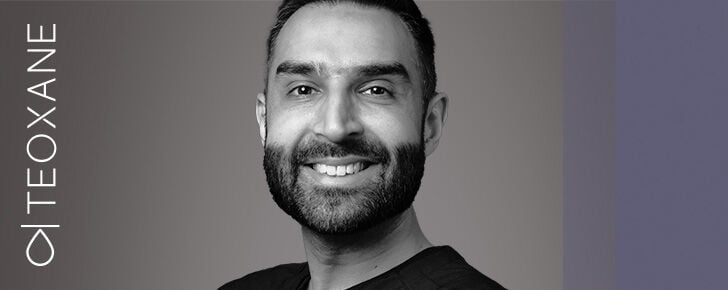
The Science of Ageing
Unlocking the Secrets of Aging: Your Guide to Timeless Beauty and Wellness

The Science of Ageing
Unlocking the Secrets of Aging: Your Guide to Timeless Beauty and Wellness
Understanding the ageing process is essential for informed decisions about skincare and overall well-being. It empowers you to choose the right strategies to slow down ageing, maintain healthy skin, and make savvy lifestyle choices that can have a lasting impact on your quality of life. Delve into the world of skin science with Teoxane. Our commitment to advanced skincare technology ensures you receive the full benefits of hyaluronic acid. Backed by extensive skin health research, our innovative skincare products are designed to deliver exceptional results for healthier, more radiant skin.
This resource is designed for those of you curious about the science behind ageing and its impact on your skincare decisions.
Ageing 101: The Scientific Underpinnings
Our Skin: our Body's Frontline Warrior
The skin, our body's frontline warrior, stands as the first sentinel of aging. It's not just our largest organ, but the interface connecting us to the world⁴. This multitasking marvel acts as our bodyguard, shielding us from the external elements⁵, regulating temperature, releasing toxins, absorbing nutrients, and even sensing the world around us⁶.
Understanding its role in the aging process is key to looking and feeling your best.
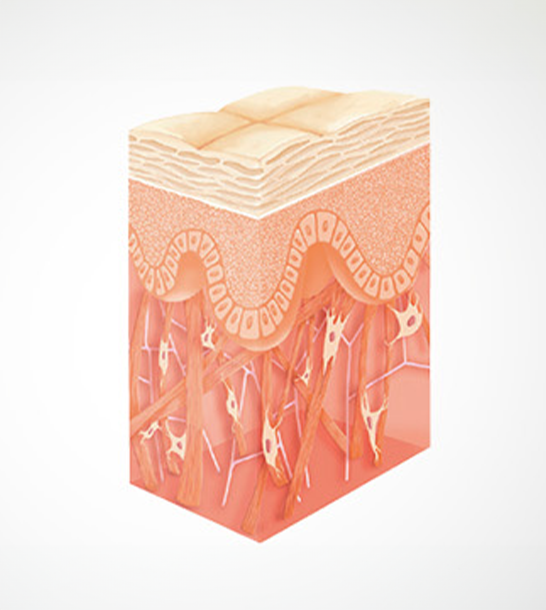
The human skin is nothing short of a remarkable multitasker, a vital organ with roles that are far more than skin-deep.

It's often said that our skin narrates our age. Wrinkles, age spots, and the loss of elasticity are its chapters in the ageing tale⁴.

Acting as an unyielding fortress, the skin stands between your inner world and the outside. It guards against injuries, pathogens, and the unforgiving elements⁴.

The skin's duty extends to maintaining body harmony. It regulates your temperature, whether through cooling sweat or blood vessel constriction, ensuring you stay in the comfort zone⁴.

As a watertight guardian, the skin keeps your precious fluids, electrolytes, and proteins right where they belong, inside your body⁴.

With a plethora of sensory receptors, your skin reads the world for you. It senses touch, pressure, temperature, and pain, letting you engage with the world⁴.

Not just a barrier, the skin is a front-line warrior in your immune system. It stands guard, barring pathogens from entry, and harbors immune cells ready to respond to invaders. So, your skin is more than skin deep – it's a guardian of youth, a regulator of your world, and a sentinel against threats⁴.
Understanding Skin Layers
Peel back the layers of knowledge to reveal the secret to our skin's vitality. The epidermis, closely bonded to the supporting dermis, and the subcutaneous hypodermis, where fat often resides, together make up the skin's intricate trio. In this exploration, we'll unveil the distinctive roles and characteristics of each layer⁷.

The epidermis, the outer armor, made up of dead skin cells, keeps harmful agents out while sealing in vital moisture and nutrients⁷.

Beneath the surface, the dermis houses blood vessels, nerves, and the magic of collagen and elastin. Collagen strengthens the skin, while elastin maintains flexibility⁷. Both layers contain hyaluronic acid for tissue architecture and hydration⁷. It's all about balance and that coveted youthful glow!

The deepest layer, filled with fat, collagen, and the secret to that radiant, supple look. Hyaluronic acid? It's right here⁷!

Facial muscles tell your story through expressions. But, as time goes by, they may need a little lift⁷!

These bones create the framework for your unique beauty, shaping, and protecting your features.
Starring: Hyaluronic Acid
How Does Skin Time Travel? Dual Forces Of Skin Ageing
Intrinsic ageing, directed by our inherited genes, is further shaped by age-related hormonal shifts. It gradually leads to the thinning, dryness, and reduced elasticity of our skin⁹. The diminishing presence of elastin, collagen, and hyaluronic acid contributes to this transformation, causing our skin to lose its once-youthful resilience¹⁰.
On the flip side, extrinsic aging is orchestrated by external forces such as sun exposure, air pollution, smoking, excessive alcohol consumption, poor nutrition, and a sedentary lifestyle. These culprits sow the seeds of brown spots, rough textures, wrinkles, uneven skin tone, and accelerate the ageing process¹¹.
Facial ageing tells a story through the rhythm of muscle movements and the pull of gravity, leading to those familiar lines and wrinkles. When facial fat dwindles and skin thins, you will notice a softer, less defined look³ that's all part of the natural plot.
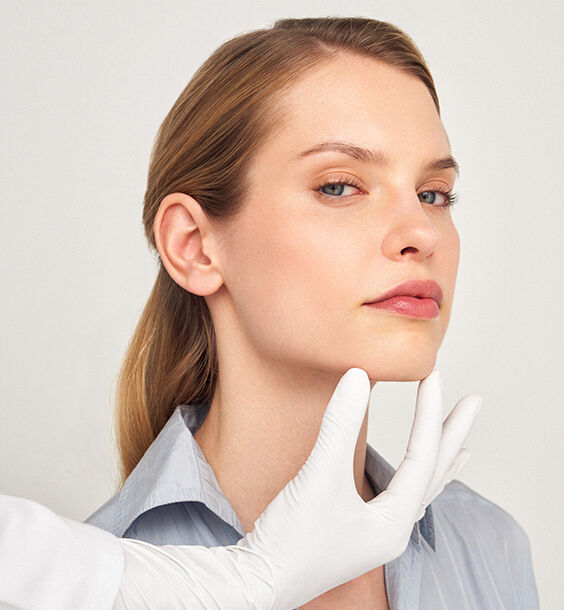
Recognizing The Signs
Ageing can start leaving its subtle marks as early as our mid-twenties¹.
Tiny lines grace our brows and eyes, and our skin's bounce begins to fade. As time goes on, these hints grow into full-blown wrinkles, joined by increased pigmentation and pesky brown spots¹².
Decoding Skin's Evolution: A Scientific Wrinkling Scale
Dermatologists and researchers turn to specialized scales and tools to assess the ageing process, taking wrinkles, pigmentation shifts, texture changes, and elasticity into account. These standardized assessments help us measuring the impact of skincare products and cosmetic procedures in the age-defying battle.

28 - 35 Years Old
You might notice the emergence of only a few mild wrinkles, which are entirely normal and a natural part of the ageing process. Importantly, during this time, you are unlikely to develop keratoses, which are rough, scaly patches on the skin. This means your skin maintains its youthful appearance without these specific skin issues³.

35 - 50 Years Old
Moderate wrinkling typically comes into play, marking the passage of time. You might notice the emergence of early wrinkles, which are a natural part of ageing. Alongside these wrinkles, you might also observe a sallow complexion and the early appearance of actinic keratoses—those rough, scaly patches on the skin that can occur due to sun exposure. This phase of life is a testament to your skin's resilience, with the signs of age and sun exposure becoming gradually more apparent³.

50 - 60 Years Old
Your skin takes on a unique character, showing the signs of a life well-lived. This is the time of advanced wrinkling, where the passage of time leaves its mark more distinctly. Persistent wrinkling becomes a noticeable part of your skin's story, reminding us of the years gone by. Alongside these deep wrinkles, you may also experience discoloration of the skin, characterized by changes in pigmentation. Telangiectases, small blood vessels near the skin's surface, may become more visible, contributing to your skin's unique texture. In addition, actinic keratosis, those rough, scaly patches that can develop from sun exposure, might also make an appearance. While this phase brings about visible changes, it's a testament to the experiences that life has written on your skin³.
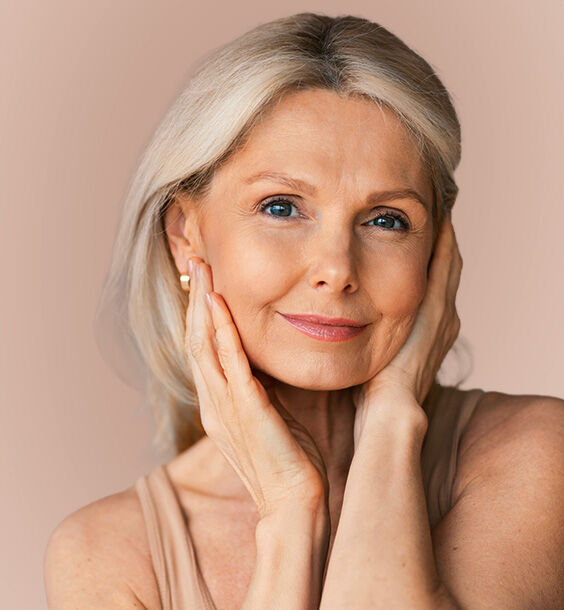
60 - 70 Years Old
Your skin enters a phase marked by profound transformation. Severe wrinkling, etched with the stories of a lifetime, becomes more pronounced. This is a period when the combined forces of photoaging, gravity, and the dynamic movements of life leave their mark. The skin may bear the evidence of actinic keratosis, those rough, scaly patches resulting from sun exposure, which can sometimes be a precursor to skin cancer. While this phase of life may bring visible challenges, it's also a testament to the resilience of your skin throughout the years, showcasing the history and wisdom it carries³.
Teoxane: Where Science Meets Beauty
At Teoxane, we lead in skin science, specializing in facial ageing. Our cutting-edge research fuels a range of aesthetic and cosmetic solutions, addressing signs of ageing from fine lines to lost volume. It's where science and beauty converge for your radiant transformation.

Can We Turn Back Time?
Halting the natural aging process is beyond our reach, but we can certainly slow down its visible impact⁹.
Lifestyle choices are the key players in this ageing game. A balanced diet, regular exercise, proper rest, and steering clear of smoking and excessive alcohol can postpone those early signs of ageing¹¹.
For a targeted approach, skincare routines come into play. Employing skin-friendly products like moisturizers and sunscreens can help keep your youthful appearance intact¹¹. More advanced, aesthetic treatments like dermal fillers step in to reduce wrinkles and rejuvenate skin elasticity¹¹.
While we can't turn back time, we can certainly make it a graceful journey.
Embracing The Age-Defying Journey:
Skin and Aesthetic Solutions
Your Own Version Of Beauty
Dermal fillers, while commonly associated with rejuvenation, offer a broader spectrum of beauty enhancements. Beyond merely addressing the signs of ageing, they sculpt, define, and harmonize facial features, allowing individuals to achieve their unique beauty aspirations.

